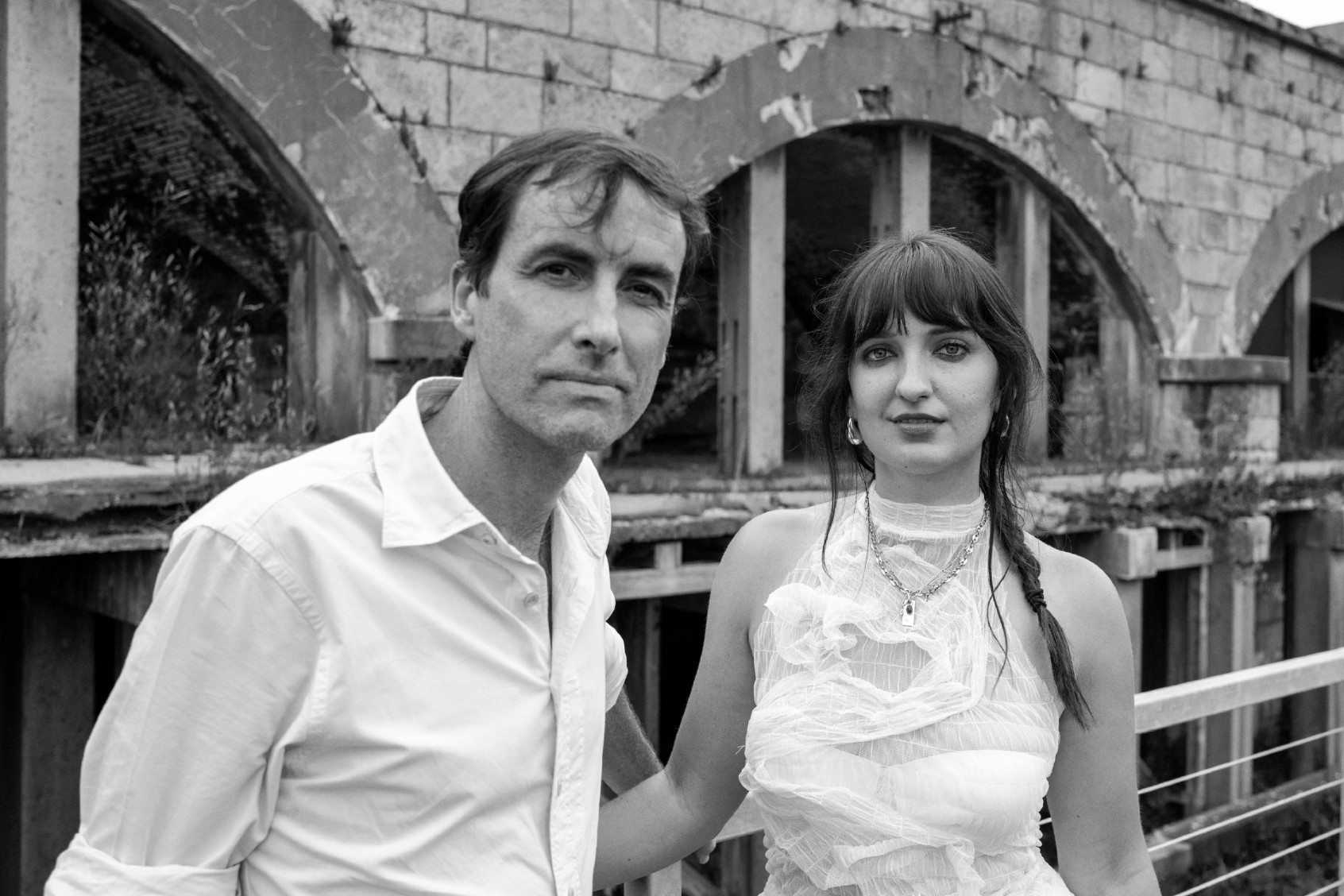Originally released in 1973, the "Buckingham Nicks" album marked the vinyl debut of Lindsey Buckingham and Stevie Nicks. Their big break came when Mick Fleetwood famously heard the duo’s recording of “Frozen Love” at Los Angeles’s Sound City Studios. Not long afterward, the couple joined Fleetwood Mac, transforming them into a global sensation in the process. A slew of blockbuster albums would ensue—most notably, "Rumours" (1977), which has sold some 40 million copies and counting.
In many ways, "Buckingham Nicks" was the blueprint for Fleetwood Mac’s world-beating success, not to mention the evolving sound of Southern California rock. Even in its earliest manifestations, there was a peculiar combination of grooving energy and inherent sadness in their music that would pervade their hitmaking efforts with Fleetwood Mac and beyond. Even still, that remarkable LP has been commercially unavailable for decades. Until now.
Leave it to multi-instrumentalist Andrew Bird and singer-songwriter Madison Cunningham to breathe new life into the long-forgotten album. Released with the title "Cunningham Bird," naturally, the duo has re-imagined the album within their own musical imprimatur. A track-for-track remake of the "Buckingham Nicks" LP, Bird and Cunningham celebrate the original album’s emotional highs and lows in fine style. At the same time, they imprint the songs with their particular indie sound. The result makes for an irresistible combination of old and new.
Original standout tracks like “Crystal,” which would be reborn on the "Fleetwood Mac" (1975) album, sparkle in Bird and Cunningham’s hands, as does “Frozen Love,” which takes on a new sense of foreboding in their reading of the composition. By the same token, Buckingham’s instrumentals “Stephanie” and “Django” find new resonances under Bird and Cunningham’s guardianship.
Want a daily wrap-up of all the news and commentary Salon has to offer? Subscribe to our morning newsletter, Crash Course.
While much of the latter album serves as a solid retelling of the original’s songs, tracks like “Crying in the Night” arguably improve on "Buckingham Nicks'" earlier ambitions. The song positively soars on the back of Bird’s violin. The duo offers an equally fresh approach to “Don’t Let Me Down Again,” with its jaunty headfirst rhythms and ferocity. In a similar vein, Bird and Cunningham’s take on “Long Distance Winner” finds new levels of drama and tension. And then there’s “Lola My Love”—always a great song in its own right—which finds new levels of beauty and mystery under Bird and Cunningham’s tutelage.
In its finest moments, "Cunningham Bird" will find listeners rushing to YouTube, where they can cue up "Buckingham Nicks" and compare the duos’ performances. As majestic as the original may be, listeners will no doubt be pleased to discover that "Cunningham Bird" can not only stand, but flourish on its own merits.
Read more
about this topic


